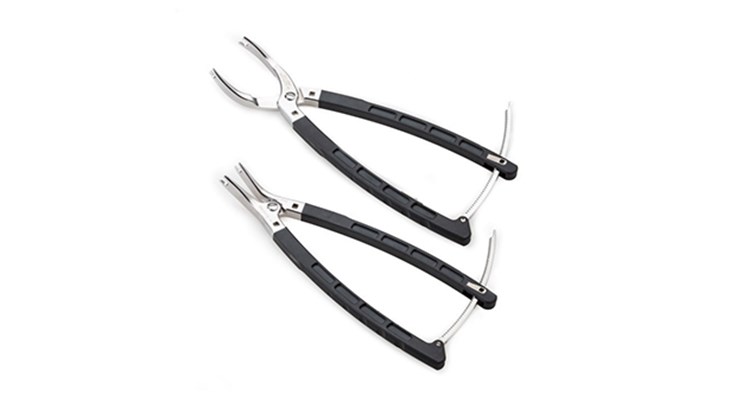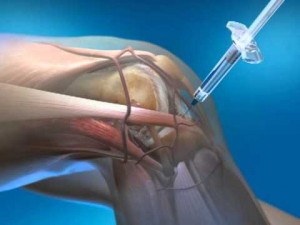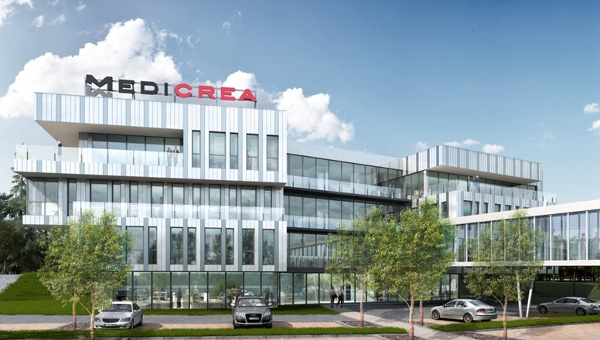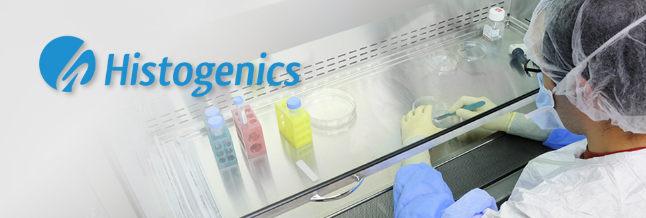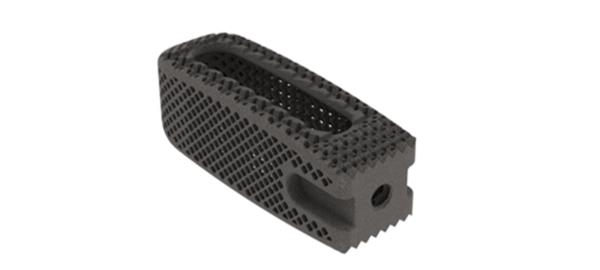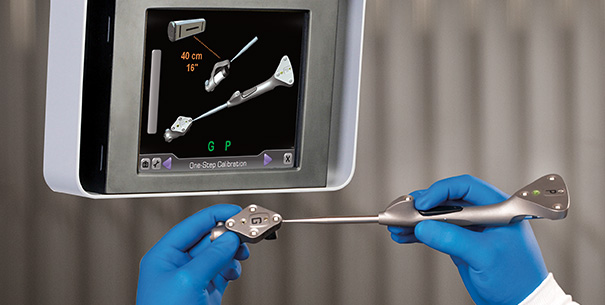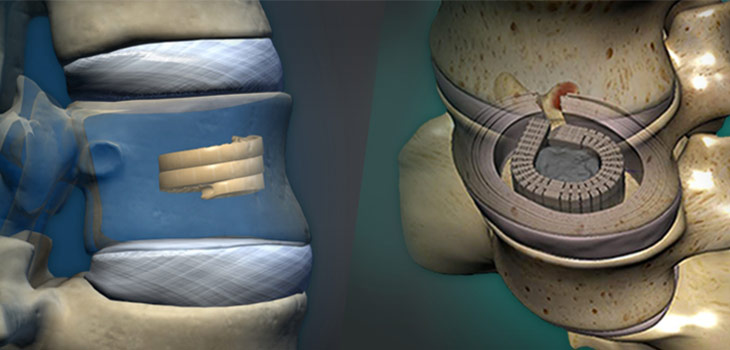WALTHAM, Mass., Oct. 06, 2016 (GLOBE NEWSWIRE) — Histogenics Corporation (Histogenics) (Nasdaq:HSGX), a regenerative medicine company focused on developing and commercializing products in the musculoskeletal space, announced today the addition of Professor Lawrence Bonassar to its Scientific Advisory Board (SAB). The SAB’s mission is to provide strategic scientific and technical oversight as Histogenics brings NeoCart through its ongoing Phase 3 clinical trial, and seeks to expand its pipeline with additional indications and next generation cartilage therapies by leveraging its biomaterials manufacturing experience and cell therapy technology platform.
Dr. Bonassar is a Professor at Cornell University in the Meinig School of Biomedical Engineering and the Sibley School of Mechanical and Aerospace Engineering. His research focuses on cartilage biomechanics and tissue engineering, with a goal of understanding structure-property relationships in cartilage to elucidate mechanisms of disease and inform design of tissue replacements. He has authored more than 160 peer reviewed manuscripts, is an inventor on 11 patents and won several national and international awards including the Hansjorg Wyss ResearchAward at the World Forum for Spine Research. Prior to joining the faculty at Cornell, Dr. Bonassar was an Assistant Professor in the Center for Tissue Engineering at the University of Massachusetts Medical School. He received his bachelor’s degree from the Departments of Biomedical Engineering and Materials Science and Engineering from the Johns Hopkins University and received both his masters and doctoral degrees from the Department of Materials Science and Engineering at MIT. Dr. Bonassar also completed postdoctoral training in the Department of Orthopaedic Surgery at Massachusetts General Hospital.
“We are pleased to have Dr. Bonassar join our distinguished team of scientific advisors. Our Sponsored Research Agreement with his lab at Cornell has been highly successful in demonstrating the biomechanical competence of cartilage tissue engineered using our NeoCart manufacturing technology. The work we have done together has resulted in two presentations to date, the first at the Orthopedic Research Society annual meeting in March 2016 and a more recent presentation at the Biomedical Engineering Society Annual Meeting in October 2016,” stated Stephen Kennedy, Chief Technology Officer of Histogenics. “Dr. Bonassar’s expertise in biomechanics and tissue engineering will be invaluable to Histogenics as we advance NeoCart through our ongoing Phase 3 clinical trial and prepare to file a biologics license application with the FDA,” continued Mr. Kennedy.
Dr. Bonassar joins current SAB members Dr. Kyriacos A. Athanasiou, PhD, Professor of Biomedical Engineering and Orthopaedic Surgery, University of California Davis; Dr. Charles Cooney, PhD, Professor Emeritus, Massachusetts Institute of Technology; Dr. Jennifer Elisseeff, PhD, Professor Biomedical Engineering, Johns Hopkins University; Dr. Shuichi Mizuno, PhD, Assistant Professor, Orthopedic Surgery, Harvard Medical School and co-founder of Histogenics; Dr. Lonnie Shea, PhD, Professor Biomedical Engineering, University of Michigan; and Dr. R. Lane Smith, PhD, Professor of Orthopedic Surgery, Stanford University School of Medicine.
About NeoCart
NeoCart is a cartilage-like, tissue-engineered implant created from a patient’s own cartilage cells that is currently in Phase 3 clinical development. The ongoing 245 patient clinical trial is designed to evaluate the safety and efficacy of NeoCart as a first-line therapy for full thickness knee cartilage defects in skeletally mature adults ages 18 to 59 and to show superiority of NeoCart against the current standard of care, microfracture. Histogenics is conducting the trial under a Special Protocol Assessment with the U.S. Food and Drug Administration and expects enrollment to be between 190 and 200 patients at the end of 2016 and to be complete by the end of the second quarter of 2017. Histogenics designed and manufactures NeoCart using a proprietary, ex vivo bioengineering process so that each NeoCart implant is primed to begin functioning like healthy cartilage upon implantation in the knee. Histogenics believes that these attributes may offer patients a more rapid recovery and a more durable treatment option, if approved, than other products and procedures, either on the market or in development.
About Histogenics Corporation
Histogenics is a leading regenerative medicine company developing and commercializing products in the musculoskeletal segment of the marketplace. Histogenics’ regenerative medicine platform combines expertise in cell processing, scaffolding, tissue engineering, bioadhesives and growth factors to provide solutions to treat musculoskeletal-related conditions. Histogenics’ first investigational product candidate, NeoCart®, is currently in Phase 3 clinical development. NeoCart is an autologous cell therapy designed to treat cartilage defects in the knee using the patient’s own cells. Knee cartilage defects represent a significant opportunity in the United States, with an estimated 500,000 or more applicable procedures each year. NeoCart is designed to exhibit characteristics of articular, hyaline cartilage prior to and upon implantation into the knee and therefore does not rely on the body to make new cartilage, characteristics not exhibited in other current treatment options. For more information, please visit www.histogenics.com.
Forward-Looking Statements
Various statements in this release are “forward-looking statements” under the securities laws. Words such as, but not limited to, “anticipate,” “believe,” “can,” “could,” “expect,” “estimate,” “design,” “goal,” “intend,” “may,” “might,” “objective,” “plan,” “predict,” “project,” “target,” “likely,” “should,” “will,” and “would,” or the negative of these terms and similar expressions or words, identify forward-looking statements. Forward-looking statements are based upon current expectations that involve risks, changes in circumstances, assumptions and uncertainties.
Important factors that could cause actual results to differ materially from those reflected in Histogenics’ forward-looking statements include, among others: the timing and success of Histogenics’ NeoCart Phase 3 clinical trial, including, without limitation, possible delays in enrolling the NeoCart Phase 3 clinical trial; the ability to obtain and maintain regulatory approval of NeoCart or any product candidates, and the labeling for any approved products; the scope, progress, expansion, and costs of developing and commercializing Histogenics’ product candidates; the ability to obtain and maintain regulatory approval regarding the comparability of critical NeoCart raw materials following our technology transfer and manufacturing location transition; the size and growth of the potential markets for Histogenics’ product candidates and the ability to serve those markets; Histogenics’ expectations regarding its expenses and revenue; the sufficiency of Histogenics’ cash resources and the availability of additional financing on commercially reasonable terms; Histogenics’ ability to attract or retain key personnel; the early stage of development of the technologies on which Histogenics’ channel partnering agreement with Intrexon is based; the additional expenses that Histogenics will incur in connection with its exclusive channel collaboration agreement with Intrexon Corporation and other factors that are described in the “Risk Factors” and “Management’s Discussion and Analysis of Financial Condition and Results of Operations” sections of Histogenics’ Annual Report on Form 10-K for the year ended December 31, 2015 and Quarterly Reports on Form 10-Q for the quarters ended March 31, 2016 and June 30, 2016, which are on file with the SEC and available on the SEC’s website at www.sec.gov. Additional factors may be set forth in those sections of Histogenics’ Quarterly Report on Form 10-Q for the quarter ending September 30, 2016, to be filed with the SEC in the fourth quarter of 2016. In addition to the risks described above and in Histogenics’ annual report on Form 10-K and quarterly reports on Form 10-Q, current reports on Form 8-K and other filings with the SEC, other unknown or unpredictable factors also could affect Histogenics’ results.
There can be no assurance that the actual results or developments anticipated by Histogenics will be realized or, even if substantially realized, that they will have the expected consequences to, or effects on, Histogenics. Therefore, no assurance can be given that the outcomes stated in such forward-looking statements and estimates will be achieved.
All written and verbal forward-looking statements attributable to Histogenics or any person acting on its behalf are expressly qualified in their entirety by the cautionary statements contained or referred to herein. Histogenics cautions investors not to rely too heavily on the forward-looking statements Histogenics makes or that are made on its behalf. The information in this release is provided only as of the date of this release, and Histogenics undertakes no obligation, and specifically declines any obligation, to update or revise publicly any forward-looking statements, whether as a result of new information, future events or otherwise.
Contact:
Investor Relations
Tel: +1 (781) 547-7909
InvestorRelations@histogenics.com

